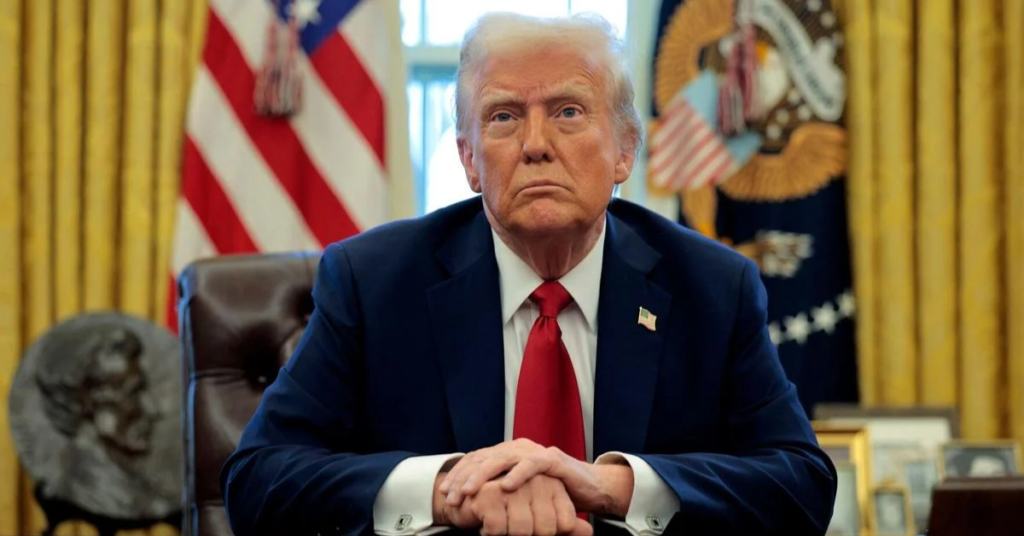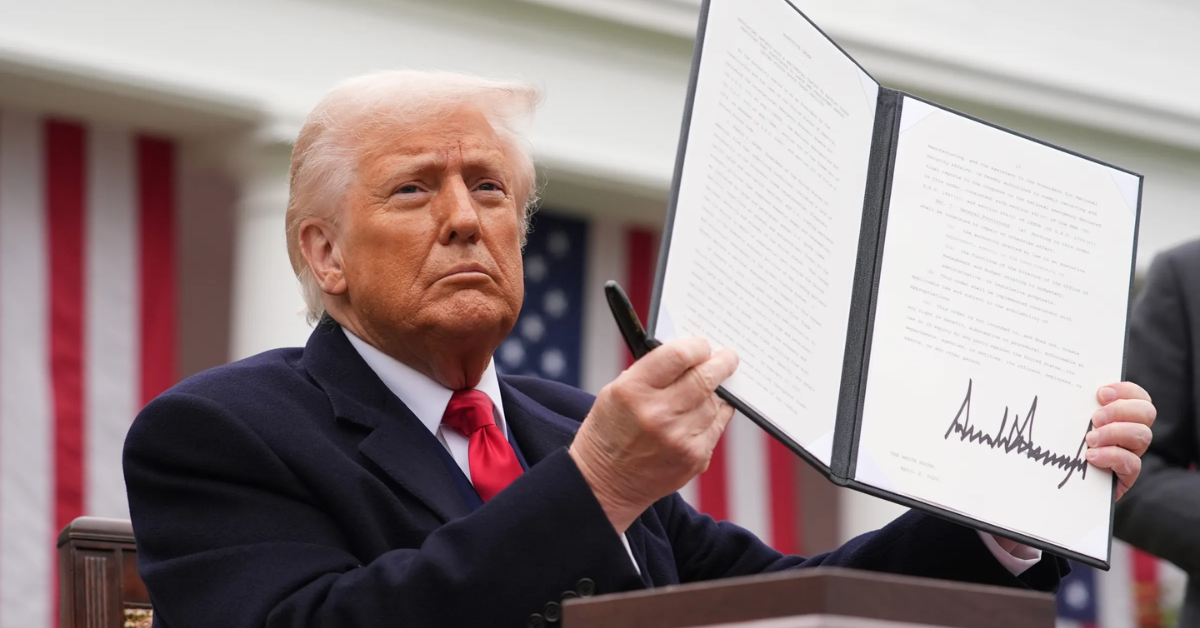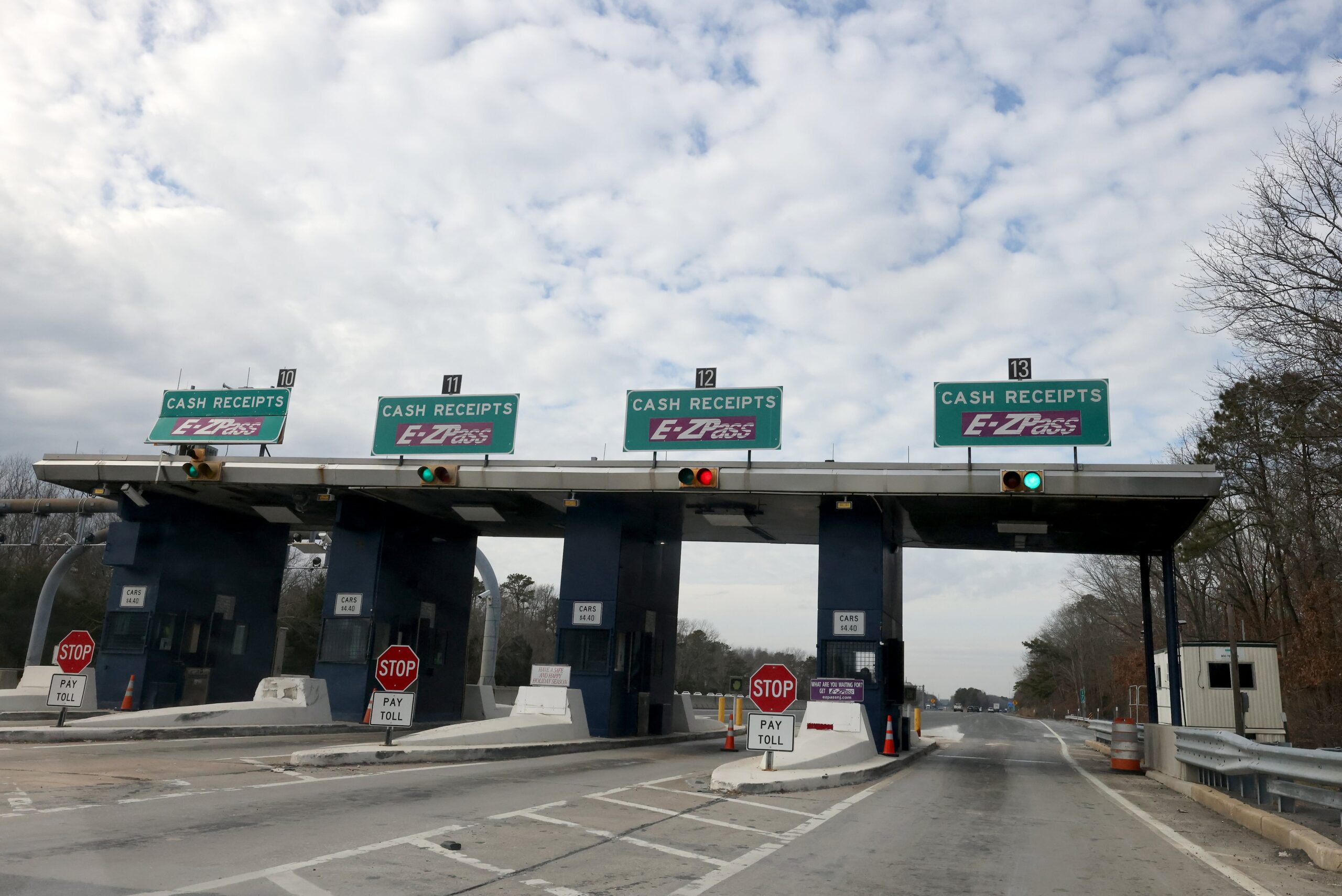President Donald Trump imposed tariffs on foreign imports, sparking a trade war that reverberated throughout the global economy. The decision to raise tariffs on steel, aluminum, and a wide range of Chinese imports was one of the largest tax hikes in America’s peacetime history.
While the tariffs were later adjusted, their initial impact was felt by American consumers. They disrupted global trade and questioned America’s role as a global economic leader. But how did a single person wield such power over the nation’s economy? The answer lies in how the U.S. Constitution, combined with laws passed over the years, allowed Trump to make such sweeping economic decisions with little resistance.
The Gradual Shift of Power to the Executive
The power to impose tariffs was once firmly in the hands of Congress, a legislative body created to represent the people and oversee national policies. However, over the years, Congress gradually relinquished much of this power to the President. The shift started with well-meaning laws designed to streamline decision-making during emergencies or to address foreign policy challenges.
A key turning point was the Trade Expansion Act of 1962. The Act gave the President more flexibility in negotiating trade agreements, especially during the Cold War. A provision in the Act, Section 232, allowed the President to impose tariffs if an imported good was deemed a threat to national security. While Section 232 was rarely used in the decades that followed, President Trump invoked it in 2018 to justify tariffs on steel and aluminum imports, claiming they were vital to America’s national security.
National Security as a Justification for Tariffs
In 2018, Trump argued that tariffs on steel and aluminum were necessary to protect the country’s “national security,” specifically pointing to the importance of automobiles and automotive parts to America’s strength.
This justification raised eyebrows, as it seemed like a flimsy excuse for imposing tariffs. However, the Trade Expansion Act did not require the President to provide a convincing or reasonable explanation for national security concerns. As a result, Trump was able to invoke Section 232 without being obligated to prove that the tariffs were genuinely necessary for national security.

This lack of oversight or accountability is a significant flaw in the system. The President can impose tariffs based on broad, vague justifications without substantial evidence or even public debate.
Expanding Presidential Powers: The International Emergency Economic Powers Act
In addition to the Trade Expansion Act, Trump also used the International Emergency Economic Powers Act (IEEPA) of 1977 to implement tariffs. Originally designed to respond to national security threats posed by hostile foreign powers, the IEEPA gave the President the authority to freeze assets, block transactions, and impose economic sanctions. Trump first used the IEEPA in 2019 to threaten Mexico with tariffs over an immigration dispute and later escalated tariffs against China, raising the rates from 10% to 54% on Chinese imports.
The IEEPA allows the President to act in response to what they deem as “unusual and extraordinary threats.” Trump argued that persistent trade deficits and unfair trade practices were such threats. However, economists widely agree that trade deficits are not inherently bad and do not constitute a national emergency. In fact, many argue that trade deficits are a natural result of investment flows and international trade patterns, not a sign of economic weakness or exploitation.
Legal Backing and the Supreme Court’s Role
The legal situation surrounding Trump’s tariffs is further complicated by a landmark Supreme Court decision in 1983. In the case of Immigration and Naturalization Service v. Chadha, the Court struck down a provision in law that allowed Congress to block a president’s declaration of emergency. This decision gave the President more unchecked power, as Congress could no longer directly veto or halt the President’s emergency declarations.
The ruling meant that once the President declared an emergency, it would be up to Congress to pass legislation to undo it—something that was difficult, given the President’s ability to veto such legislation. Even if Congress did override the President’s veto, the political dynamics often favored the executive, particularly when the President’s party held power. As a result, Trump was able to impose tariffs without much effective opposition from Congress.
Limited Congressional Response
Despite the clear problems with Trump’s tariff policies, Congress was limited in its resistance. Some senators, like Rand Paul (R-Ky), led efforts to stop Trump’s tariffs on Canada, but these efforts faced significant hurdles. Even when the Senate narrowly voted to stop the tariffs, the House did not support the measure, and Trump would have vetoed it. The chance of Congress successfully overriding a presidential veto was practically nonexistent.
The situation demonstrated the dangers of a system where the executive branch has broad powers that are difficult to challenge, even when those powers are used in ways that may harm the economy or the public.
Lessons for the Future
Trump’s tariffs highlight a critical issue in the U.S. system of government: the gradual erosion of checks and balances. While the Constitution was designed to prevent any one branch of government from becoming too powerful, the delegation of important powers, like imposing tariffs, to the executive branch undermines this principle. In the case of tariffs, well-intentioned but poorly written laws and Supreme Court rulings have given the President the ability to make decisions that affect the entire nation without sufficient oversight.
This case serves as a cautionary tale for lawmakers and political leaders around the world. It is important to recognize that laws and powers granted today may be misused in the future by leaders with different priorities. Delegating too much power to the executive branch, without clear limitations, can lead to unforeseen consequences.
Disclaimer: This article has been meticulously fact-checked by our team to ensure accuracy and uphold transparency. We strive to deliver trustworthy and dependable content to our readers.








